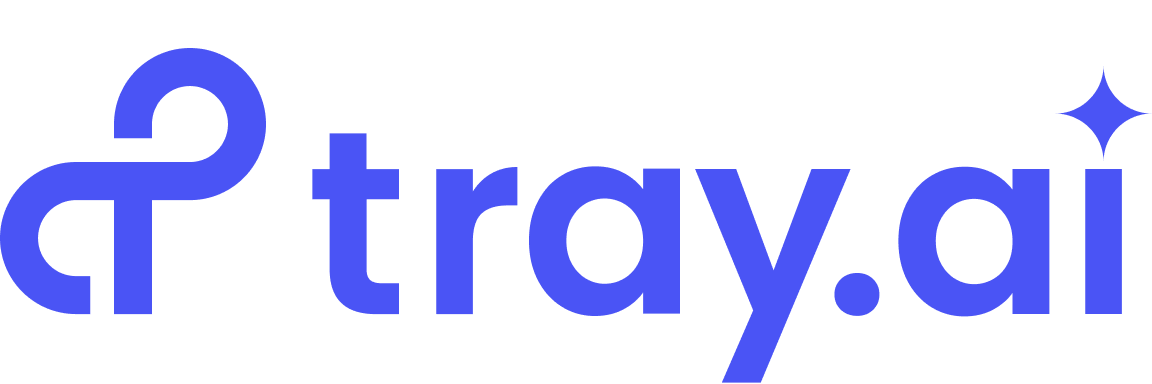Customer Experience is King for App Success; Monitoring Strategies Need To Adjust
A satisfying customer experience far outweighs all other metrics for app success. That said, a survey from BigPanda finds it is getting more difficult for IT to effectively monitor apps and systems. IDN looks at BigPanda’s survey – and suggestions to bridge this gap.
A satisfying customer experience far outweighs all other metrics for app success, according to a recent survey from BigPanda. That said, IT respondents admit it is getting more difficult to monitor their apps and systems to ensure they can deliver customer satisfaction.
BigPanda’s 2017 State of Monitoring survey found “customer satisfaction” was the top KPI (key performance indicator) by 73 percent of the respondents. However, only 13 percent said they are satisfied with their company’s IT monitoring approach.
“Companies everywhere are recognizing the crucial role that the digital customer experience plays as a key competitive differentiator,” said BigPanda’s CEO Assaf Resnick. “Digital customers have come to expect constant availability and high quality of service as standard. [So] the difference between ‘good’ and ‘great’ now lies in factors such as usability, personalization, cross-platform support, and customer service,” he said.
Successful monitoring should be a key to a company’s ability to deliver high customer satisfaction, but for many organizations monitoring in simply becoming more complex and less effective, according to Resnick. “The growing number of tools, paired with the fact that the frequency of both code and infrastructure change is on the rise, points to the growing complexity and noisiness of today’s IT systems,” he said.

BigPanda’s 2017 State of Monitoring survey looks at the current IT monitoring landscape; reviews today’s popular tools for monitoring, deployment, ticketing and collaboration; and even takes a look at the biggest challenges IT pros say they expect to face in the coming year.
Here are some of the survey’s other striking statistics and conclusions.
Pressure on IT ‘To Do More with Less’ -- 82 percent of survey respondents stated that successfully staffing and retaining qualified staff members is a key concern for their organization for 2017. The survey clearly indicates that, “feeling the pain of the IT skills gap, IT leaders are struggling to keep their teams staffed with qualified candidates,” Resnick said, adding to the pressure IT departments are under pressure “to do more with less.”
More Tools, More Moving Parts -- In specific, the survey found that the average practitioner currently uses six or seven tools on a regular basis. Further, more than half of respondents reported plans to even further expand their stack in 2017.
Beyond more tools, the survey found other factors adding to complexity, including:
- The number of respondents reporting daily or weekly code deployments increased, while monthly and yearly deployments declined.
- The number of respondents who reported that their organization makes just a few changes per year to infrastructure sharply declined, while all other response groups increased.
This trend of more tools equals more complexity is heading in the wring direction, according to Resnick. “As the IT stack gets more complex, IT practitioners are relying on a growing number of tools to do their job, as the underlying systems they must support grow more agile and complex,” he said.
A ‘Defined Monitoring Strategy’ Leads to Effective Monitoring -- The survey found a correlation between monitoring strategy satisfaction and the volume of alerts that can be investigated and resolved within 24 hours.
While 85 percent of respondents agreed that a strategic monitoring process would prove important to their organization, only half of respondents said they had such a process in place. Further, only 13 percent are very satisfied with their approach to monitoring.
Having a “defined monitoring strategy” can bring more effectiveness to IT monitoring, Resnick said, particularly by making identification and remediation of service disruptions easier.
“Organizations that consider their monitoring to be strategic also are more likely to build monitoring into code, to agree that developers are actively involved in supporting applications, and to consider their organization to be agile,” he added.
Dan Turchin, vice president of product at BigPanda, provided further insights about the ever-growing complexity of monitoring in a recent blog post:
New architectures, tools, networks, and clouds require us to rethink what it is we’re monitoring, how we collect data, and what to do with it once we have it. For instance, monitoring mainframes in private datacenters is a very different challenge from monitoring microservices running on containers in a public cloud.
The BigPanda State of Monitoring 2017 survey polled more than 1,500 IT professionals across a wide range of industries, including telecom, technology, the internet and electronics, finance and financial services, and healthcare and pharmaceuticals, as well as education and manufacturing.
A copy of the full survey is available for download here (registration required).






